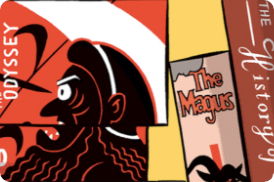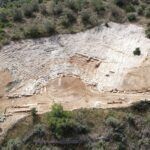Two years ago, University of Cincinnati archaeologists Professor Jack Davis and Dr. Shari Stocker and their team made a rich and rare discovery of a Bronze Age warrior’s tomb near the city of Pylos, an ancient city on the southwest coast of Greece.
Inside they discovered the well-preserved remains of what is believed to have been a powerful Mycenaean warrior or priest in his early to mid-30s who was buried around 1500 BC near the archeological excavation of the Palace of Nestor.
They also found more than 3,000 objects on and around the warrior’s body, including four solid gold rings, silver cups, precious stone beads, fine-toothed ivory combs and an intricately built sword, among other weapons.
Included in the grave was a grime-encrusted bead-like object, less than an inch and half long, that they put aside to focus on more prominent items.
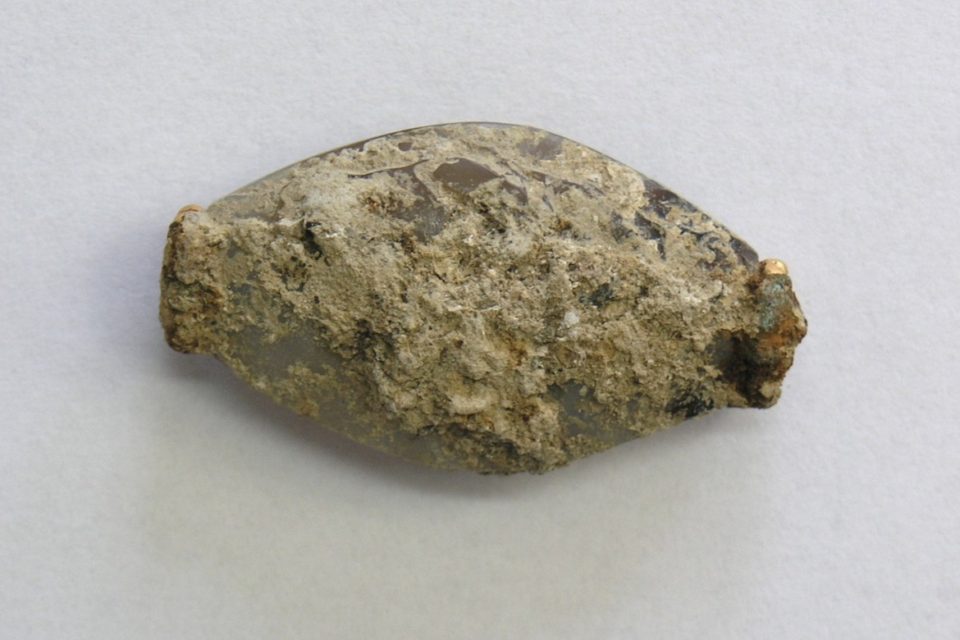
Eventually, as a conservators began to remove the lime that had accumulated over the centuries, the object’s detail was revealed and it turned out to be something quite different: a seal stone that can be stamped on clay or wax.
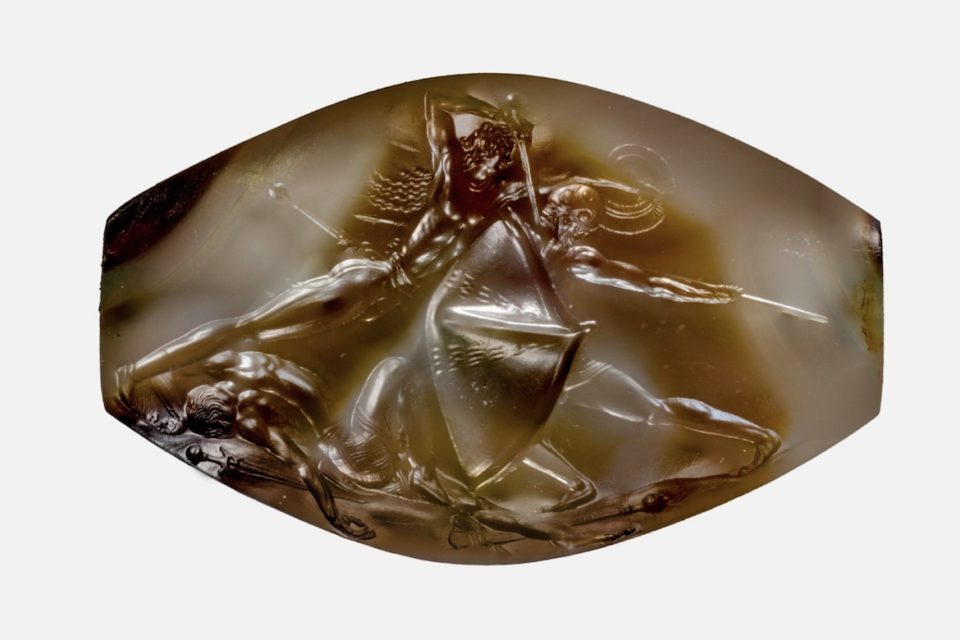
The seal stone’s image, a striking depiction of one warrior in battle with two others, is carved in remarkably fine detail, with some features that are barely visible to the naked eye.
Archaeologists are captivated
“The detail is astonishing, especially given the size. Aesthetically, it’s a masterpiece of miniature art,” said John Bennet, director of the British School at Athens, an archaeological institute.
Malcolm H. Wiener, an expert on Aegean prehistory and a trustee emeritus of the Metropolitan Museum of Art called the item “one of the greatest masterpieces of Aegean art.”
The newly-found sealstone is one of the finest works of prehistoric Greek art ever discovered, according to the team.
Named the “Pylos Combat Agate,” the seal promises not only to rewrite the history of ancient Greek art, but to help shed light on myth and legend in an era of Western civilization still steeped in mystery.
“Looking at the image for the first time was a very moving experience, and it still is. It’s brought some people to tears,” Dr. Stocker said.
“What is fascinating is that the representation of the human body is at a level of detail and musculature that one doesn’t find again until the classical period of Greek art 1,000 years later. It’s a spectacular find,” Professor Davis added.
“Even more extraordinary is that the meticulously carved combat scene was painstakingly etched on a piece of hard stone measuring just 1.4 inches (3.6 cm) in length.”
“Indeed, many of the seal’s details, such as the intricate weaponry ornamentation and jewelry decoration, become clear only when viewed with a powerful camera lens and photomicroscopy.”
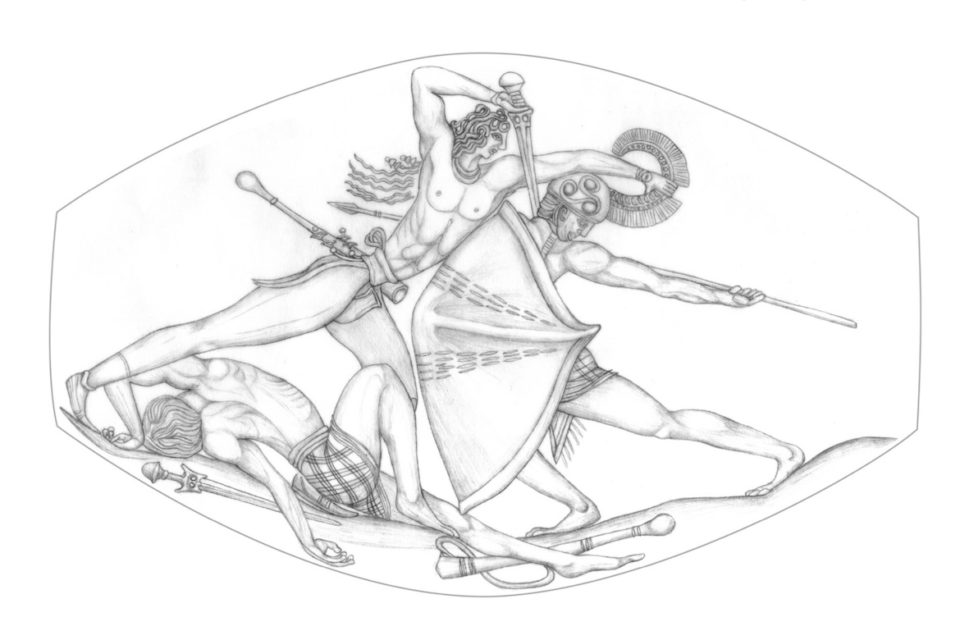
Some of the details on this are only a half-millimeter big. They’re incomprehensibly small and the image is easier to appreciate in a large-scale drawing of the original.
*****
Since you’re here… I have a small favor to ask.
More and more people than ever before are reading The Pappas Post and despite increasing costs to maintain the site and provide you with the quality content that you deserve, I will never “force” you to pay for our website or add a paywall.
I believe in the democracy of the internet and want to keep this site and its enriching content free for everyone.
But at the same time I’m asking those who frequent the site to chip in and help keep it both high quality— and free.
We’ve implemented a “free-will” annual subscription for those who want to support our efforts. I guess it’s fair to call it a philotimo subscription… because you don’t have to do it but it’s really the right thing to do if you love the site and the content we publish.
So if you like The Pappas Post and want to help, please consider becoming a “philotimo subscriber”. Click here to subscribe.
If you’d rather make a one time donation, we will gladly accept any amount, with appreciation. Click here to donate any amount.



